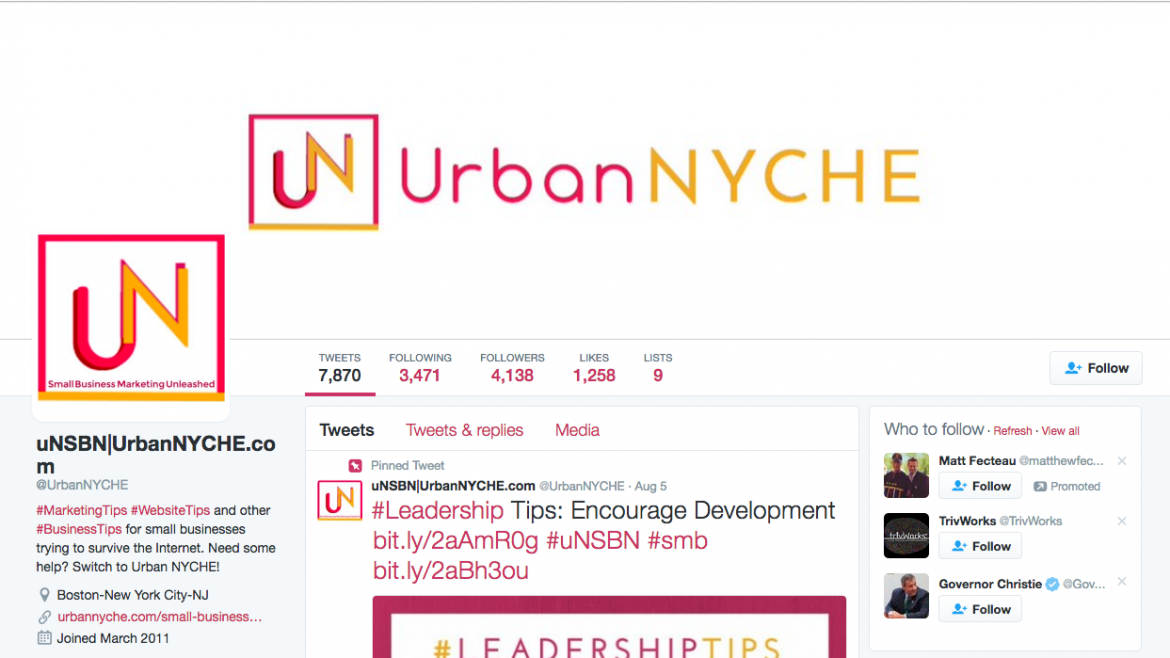We all know that having a clean, tidy desk can make us feel more organized and productive. But often the days get busy and it’s hard to prioritize the cleanliness of our work spaces. However, with these simple tips, we provide you some easy ways to increase your productivity and positivity by easy changes to your workplace environment. Each tip revolves around the practice of feng shui, an ancient Chinese practice which utilizes the rearrangement of objects in specific locations in order to maximize a positive flow of energy. By following feng shui principles, it can create a warmer, more productive place for us to do our job in. The best part? These changes alter the very flow of your workplace, so even when it gets a little messy, you will still have a better place to work in.
1. Orient your desk so that it faces the door. This helps for two reasons. First, it means that you will face people as they enter your office, making you feel more grounded and in control. This is why it is referred to as the “command position.” Second, it will mean that any client or coworker who enters your office will see your face as they enter, making them feel more comfortable. You do not need to be perfectly in front of the door, but you should be looking at it, from the opposite wall.
2. Keep nature prevalent in your office. This can include a small aquarium, plants, or wind chimes; all of which embrace one of the five elements as according to feng shui. Experiment with putting things on different walls/corners of your office, because various placements may have a better flow than others.
3. Be aware of pointed or irregular objects. Feng shui seeks to increase positive energy called chi. The opposite of chi, called sha chi, increases the flow of negative energy. Sha chi is present through irregular and pointed objects, especially when these irregular shapes are in places that infringe on your workspace. For instance, make sure pointed edges of your desks and tables aren’t pointed towards you or clients as they enter. Be aware of how branches outside your window or shadows from buildings outside interfere with your indoor space. Try rearranging what’s inside your workspace to make sure such shadows and outdoor objects interrupt your workplace in less intrusive ways.
4. Increase circular, softer edges. In opposition to sha chi’s relation to straight lines and pointed edges, you can find chi through softer shapes, like circular and soft edges. These shapes are meant to increase flow and circulation, instead of abruptly disrupting flow.
5. Use mirrors. A lot of the time we can’t remove sharp edges in our workplace. We work around a lot of things with sharp edges: desks, computers, filing cabinets. Sharp angles and long straight lines tend to increase the “speed” at which chi travels around the room, making it feel more negative. In order to reduce the speed and make chi travel more slowly, utilize mirrors in your workplace to make it travel more gently.
6. Embrace sense of smell. Smell is a far more powerful tool than we think. In fact, we hardly ever remember how much smell can do! Smell can help with memory, and importantly here, it can help with clarity. Specifically, feng shui believes that citrusy and peppermint based smells with help increase mental clarity in the workplace. You can use candles, fragrant sprays or incense to help put these smells in your office.
7. Learn the importance of color and cardinal directions. In accordance to feng shui, each of the five elements (fire, water, earth, wood, and metal) are associated to different colors and cardinal directions, each of which are attached to certain meaning. Depending on what you want your space to emphasize, you can choose to pay extra attention to these cardinal directions and colors. But remember, feng shui is built around balance. The best workplace will find a balance of all of these elements.
- Wood– Creation and Growth- East- Green
- Fire– Power- South- Red
- Earth- Agriculture- Center- Yellow
- Metal– Money- West- Grey and White
- Water– Communication- North- Black
8. Remove objects of your “past life.” Are there pictures on your desk with friends you don’t see anymore? Are there awards on your wall from activities you are no longer involved in? Remove these pieces of your past life and embrace pictures and reminders of what currently is bringing you joy in life. By surrounding your office with memories from the past, this creates stagnant energy instead of creating a positive, moving flow of energy which could be embraced by what you currently find exciting and moving.
9. Keep as little on your desk as possible. According to feng shui, energy in your workspace is the most positive when you only keep what you absolutely need on it. That means your computer, phone, pencil holder, maybe a stapler and only the few pieces of paper you need. Imagine how fresh the energy in your office would feel if you only pulled out a file as you needed to use it, and then it went right back in a filing cabinet. Keep your coffee and laptop handy, but keep everything else hidden away until you absolutely need it. And then, remember to put it back away after.
10. Clear out that clutter. Okay, I know I said these are suggestions that help despite clutter, and they do! However, your flow of energy is never going to be as positive as possible as long as you have clutter around. Spend one day filing away anything that is an older project which you are not currently working on. Keeping around these old projects in your line of vision is the ultimate way to feel stagnant energy. By organizing and decluttering, it keeps the energy around you light and fresh.
So there it is! By keeping the energy around you warm and light, it will help not only your productivity, but also your positivity. And the best part is, you don’t have to spend a lot of money to do it. Feng shui principles can easily be embraced with spending very little money, or no money at all. It’s all about rearranging and understanding flow. So good luck with your new and improved workspaces!
Samborn, Hope V. "Go With the Flow: Tapping into Positive Energy in Office Decor through Feng Shui Principles." American Bar Association Journal 87.10 (2001): 76-77. Web.
Bonaiuto, Marino, Elena Bilotta, and Angela Stolfa. "'Feng Shui' and Environmental Psychology: A Critical Comparison." Journal of Architectural and Planning Research 27.1 (2010): 23-24. Web.
Leffler, David. "BEING SOLO: How to Feng Shui Your Law Office." GPSolo 27.5 (2010): 58-59. Web.













